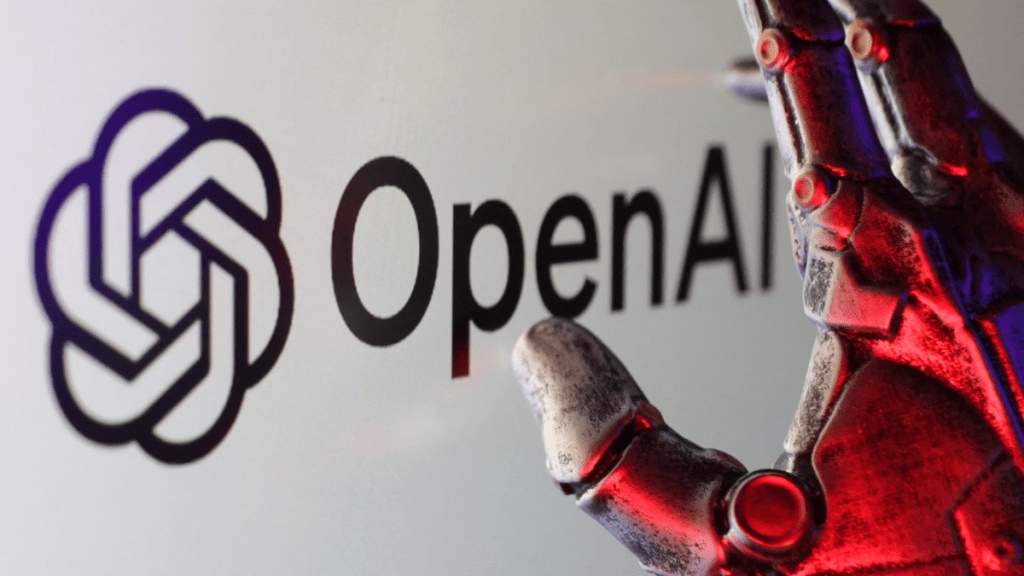OpenAI seems to be gearing up for the official debut of GPT-5, the eagerly awaited follow-up to GPT-4. All signs suggest a livestream unveiling is set to take place today, Thursday, August 7, at 10:30 PM IST (10:00 AM PT). Interestingly, a recently removed GitHub blog post appears to have unintentionally leaked details about OpenAI’s upcoming GPT-5 lineup. The post mentioned that GPT-5 would be released in four distinct variants, each bringing “significant upgrades in logical reasoning, programming capabilities, and overall usability.”
Reddit users spotted a newly published GitHub blog post declaring the general release of GPT-5 in GitHub models, shortly before it was taken down.
A cached version of the post reveals that GPT-5 boasts “advanced autonomous features” and is capable of tackling “sophisticated programming challenges with little user input.”
According to details spotted on GitHub, GPT-5 is expected to launch with four distinct variants:
gpt-5: Tailored for handling complex reasoning and tasks that require multiple steps.
gpt-5-mini: A compact, budget-friendly model suited for use cases with limited resources.
gpt-5-nano: Built for ultra-fast performance, making it a great fit for scenarios that demand minimal response time.
gpt-5-chat: Specially developed for rich, multimodal, and context-aware conversations, primarily aimed at enterprise-level interactions.
About GPT-5:
GPT-5 is expected to deliver major enhancements in cognitive processing, memory retention, and overall task performance. It could merge the sophisticated reasoning power of the o-series models (like o3 and o4) with the expansive versatility of the GPT family, creating a more refined and responsive AI system. This would enable the model to intelligently balance speed, efficiency, and depth based on the nature of a user’s request—minimizing the need for manual model selection.
Speculation is mounting that GPT-5 will feature heightened awareness of integrated tools, enhanced multi-stage reasoning abilities, and possibly build upon the multimodal functionality first seen in GPT-4o.








